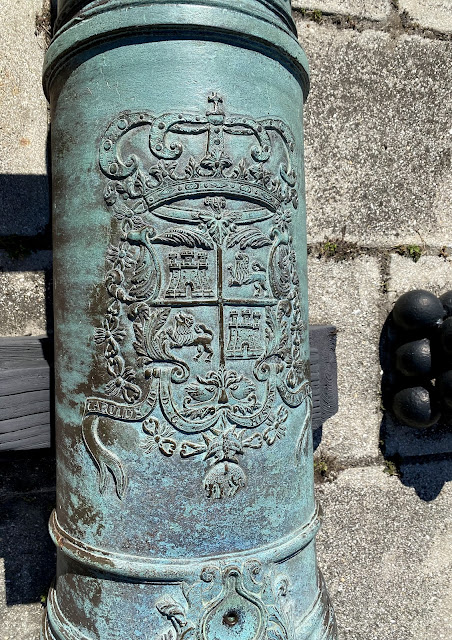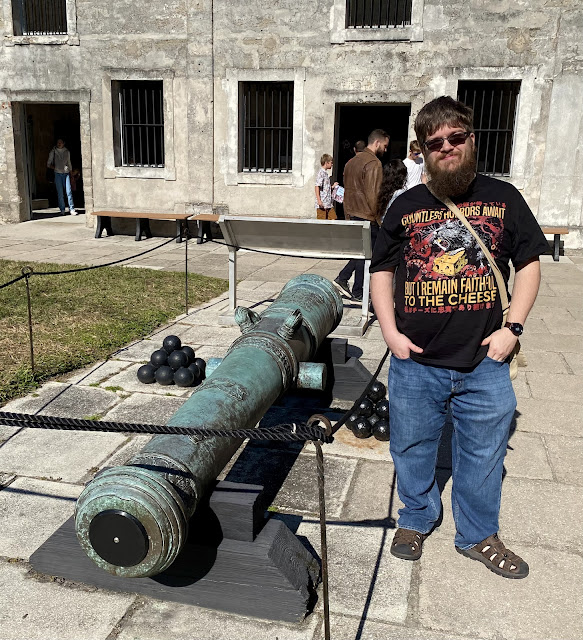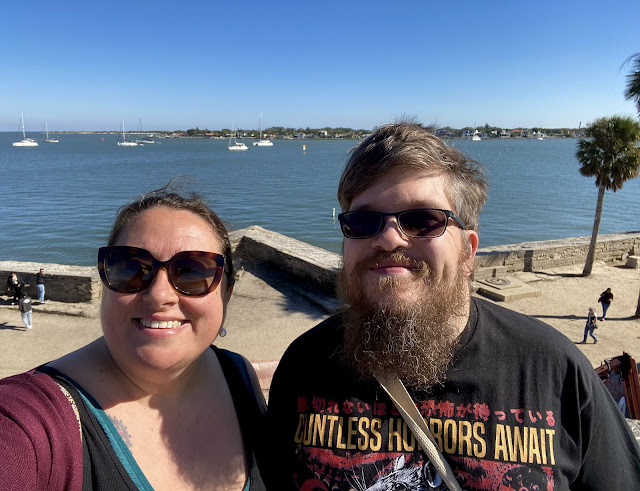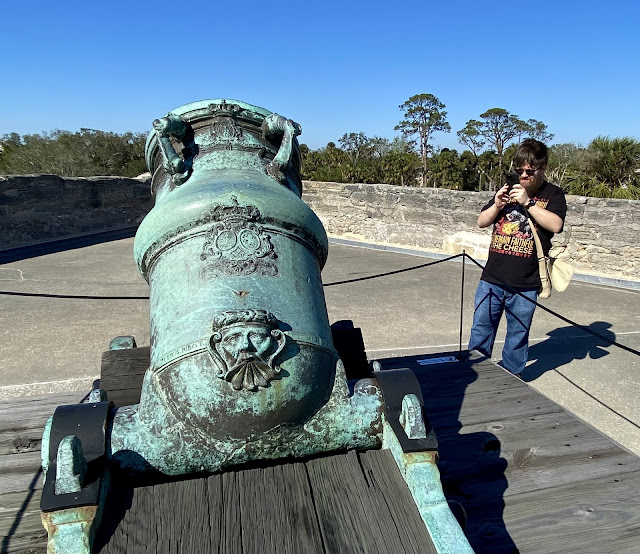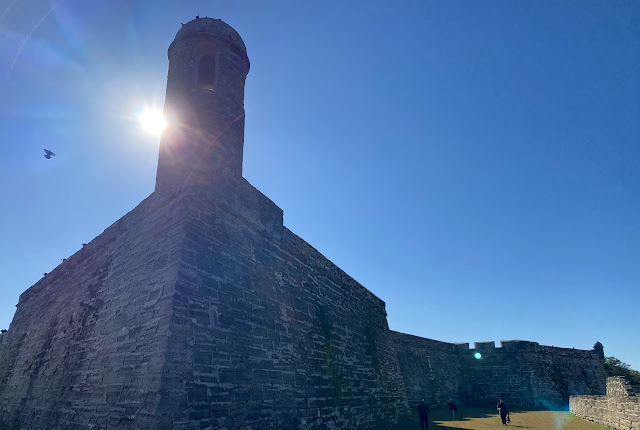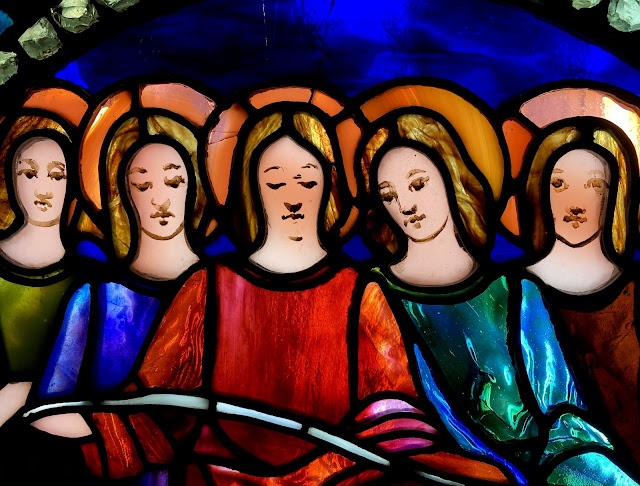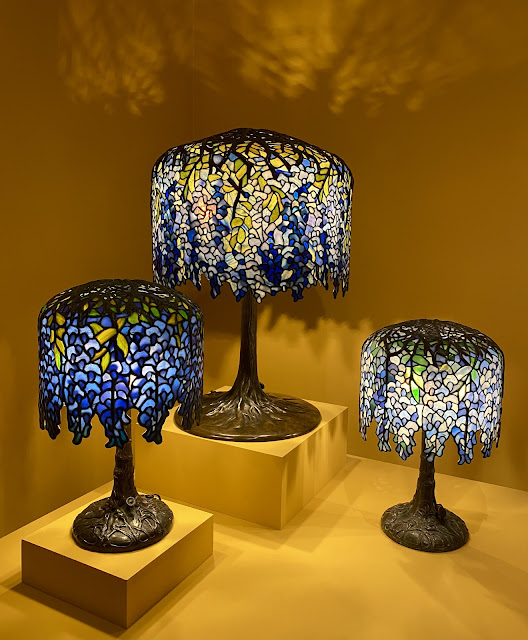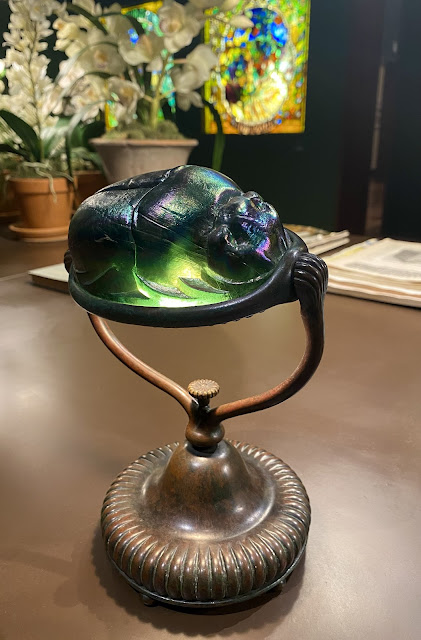After our visit to El Yunque we went to see the Castillo San Cristóbal. It was constructed in 1634 and was expanded over the years. It is the largest fort built by the Spanish in the New World.
Upon entering the fort we got to see a Spanish Flag and a 16th century suit of armor.
We also got to see this beautiful 17th century Spanish Pappenheim Rapier with gorgeous details on the hilt and blade.
Max admiring the fort, which is significantly larger than the one in St. Augustine Florida.
Breathtaking views of the ocean and San Juan.
The view through one of the narrow windows.


























